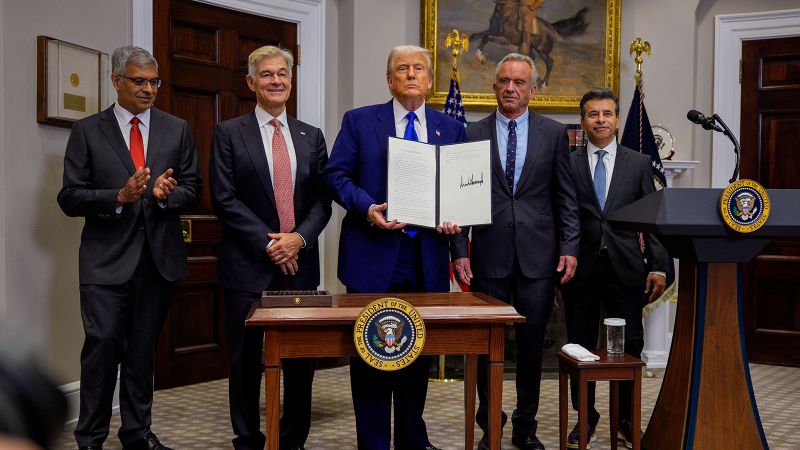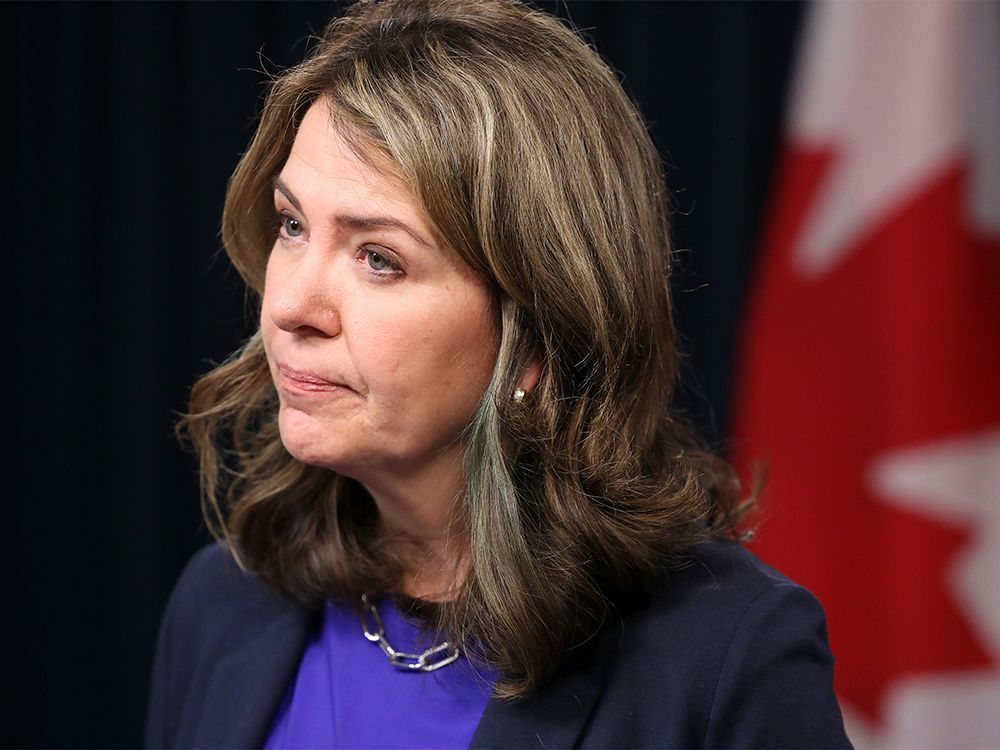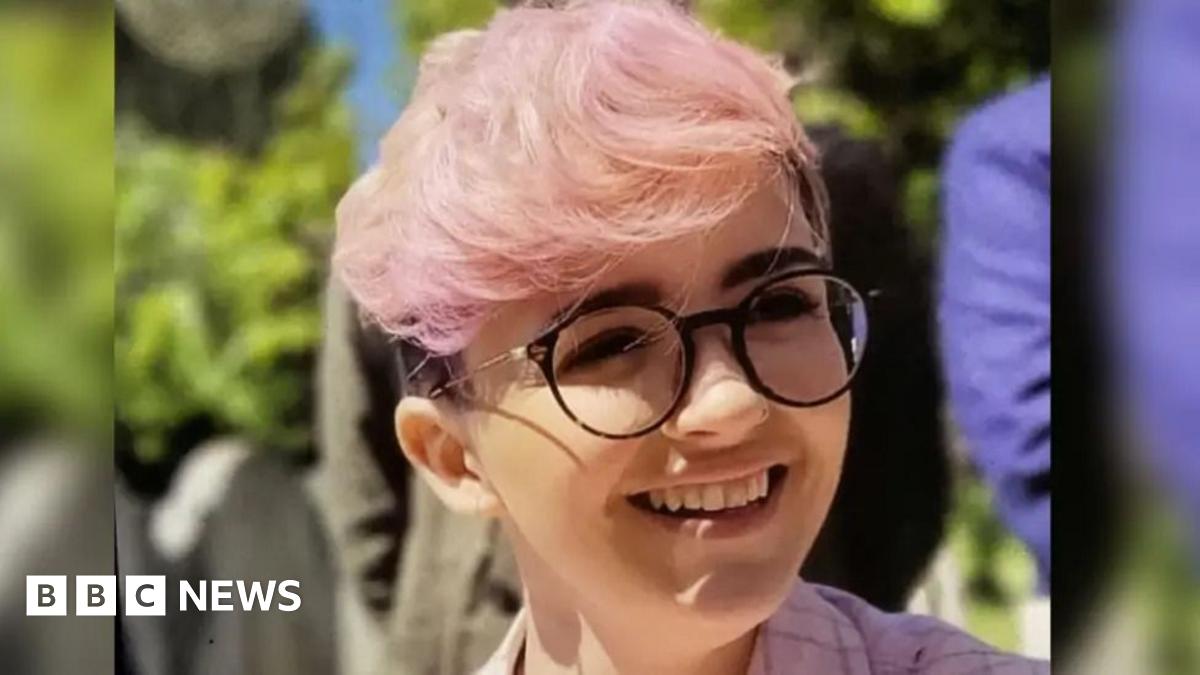Presidential Health Secrets: A History of Cover-Ups From Cleveland to Trump

The health of the U.S. President is a matter of national security – and public interest. Yet, throughout history, a pattern has emerged: a tendency to downplay, obscure, or outright conceal presidential ailments. While the current scrutiny surrounding President Biden’s age and health has sparked renewed debate, it’s far from a new phenomenon. Let's delve into a historical look at presidential health cover-ups, revealing a surprising number of leaders who kept significant medical issues hidden from the American public.
Early Examples: Grover Cleveland and Beyond
The tradition arguably began with Grover Cleveland, who battled numerous health problems during his two non-consecutive terms in the 1880s and 1890s. He suffered from gout, digestive issues, and a potentially cancerous lesion on his jaw, which he secretly treated with surgery while in office. The public was largely unaware of the severity of his condition, and the details were only revealed decades later. This established a precedent for discretion, if not outright secrecy, regarding presidential health.
World War II and John F. Kennedy’s Hidden Struggles
During World War II, Franklin D. Roosevelt’s declining health was carefully concealed from the public. His struggles with polio were well-documented, but the extent of his physical limitations, particularly during his later years in office, were minimized. The urgency of the war effort and the desire to project an image of strength contributed to this deliberate obfuscation.
The case of John F. Kennedy is perhaps one of the most well-known examples. Kennedy battled Addison's disease, chronic back pain, and other ailments throughout his presidency. He relied on a cocktail of medications to manage his symptoms, and his health was a closely guarded secret. While some details have since emerged, the extent of his medical challenges was largely concealed from the public during his brief time in office. The desire to project an image of youth and vigor likely played a significant role in this decision.
Donald Trump and the Era of Selective Disclosure
More recently, Donald Trump’s health also became a subject of scrutiny and speculation. While his campaign released medical statements, many questioned their veracity and the level of detail provided. Reports of unexplained trips to Walter Reed National Military Medical Center and concerns about his energy levels fueled speculation, which were often met with denials or vague explanations. This era highlighted the challenges of transparency in the digital age, where rumors and misinformation can spread rapidly.
Why the Secrecy?
The reasons for these presidential health cover-ups are complex and multifaceted. National security concerns are paramount – revealing vulnerabilities could be exploited by adversaries. Maintaining public confidence and projecting an image of strength and stability are also key considerations. Furthermore, there's a deeply ingrained tradition of privacy and a desire to shield the president and their family from undue scrutiny.
The Modern Challenge: Transparency vs. Security
Today, the public demands greater transparency, particularly in an era of heightened political polarization and relentless media coverage. However, balancing this desire for information with the need to protect national security remains a delicate act. The historical pattern of presidential health cover-ups serves as a reminder of the ongoing tension between transparency and security, and the challenges of navigating this complex issue in the 21st century. As we continue to debate the health of our leaders, it's crucial to consider the historical context and the enduring complexities of this sensitive topic.






